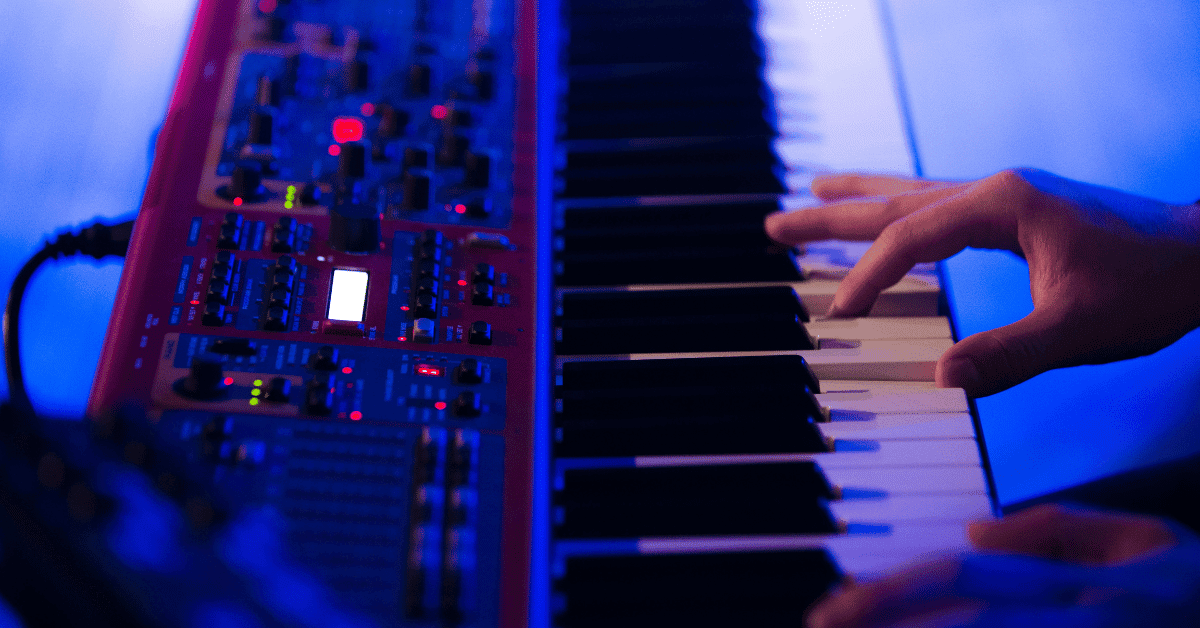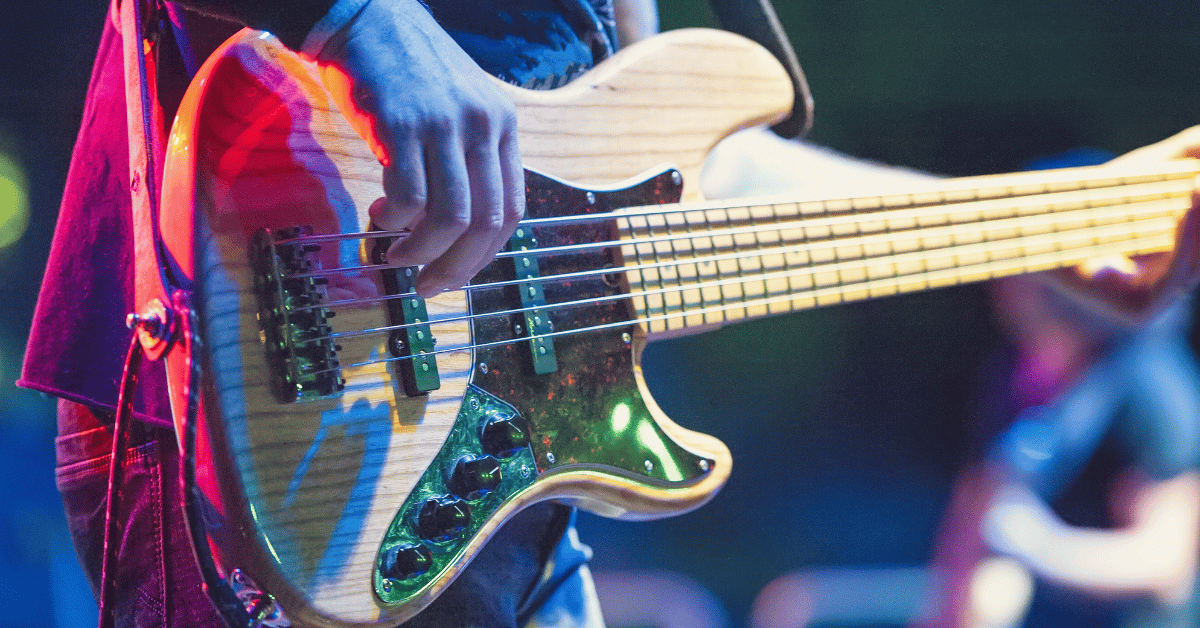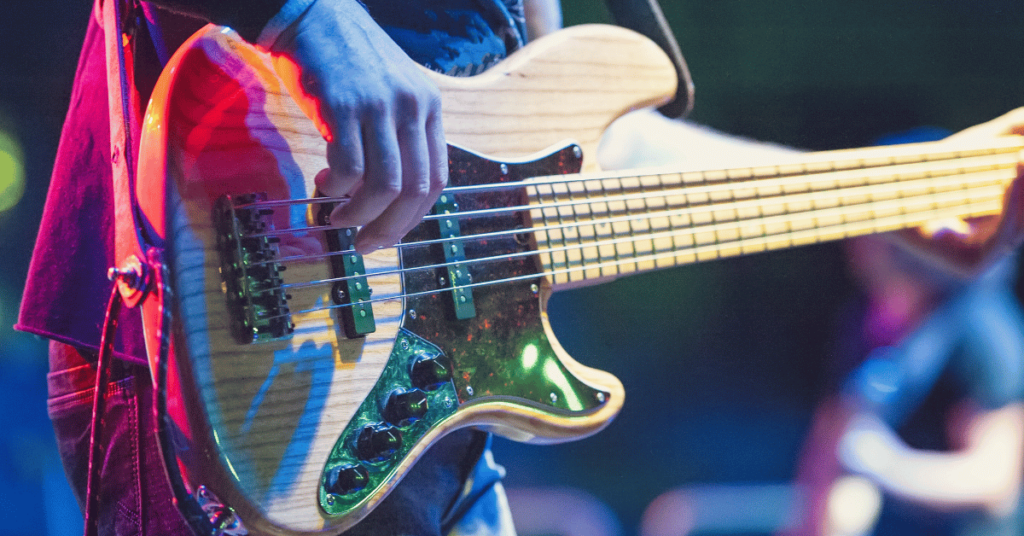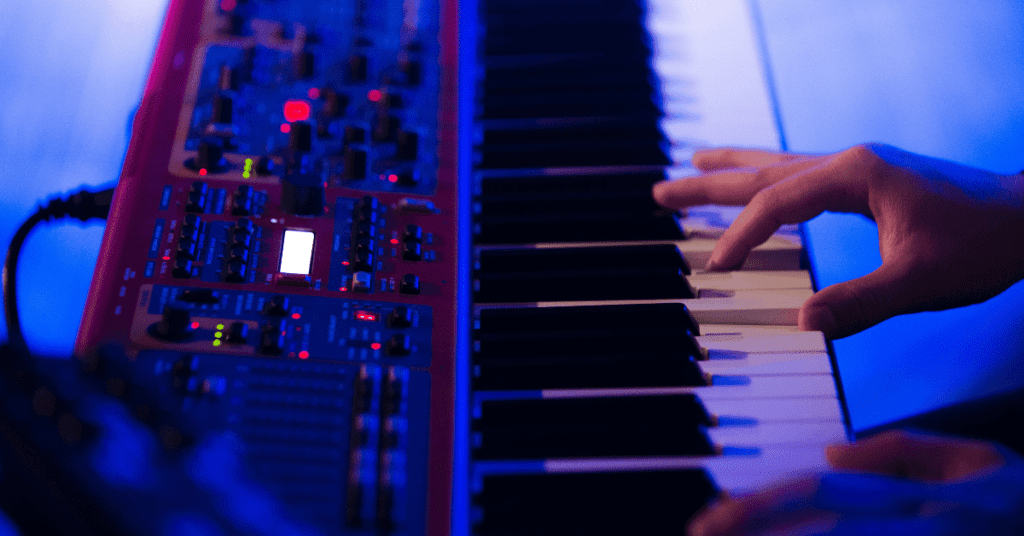One of the most exciting (yet sometimes the hardest) parts about building your own keyboard rig is choosing the right keyboard. You all know what I’m talking about… browsing online through endless pages of new keyboards/pianos, scouring craigslist or ebay to find that perfect deal on used gear, or spending hours in your local music store trying out different keyboards.
Sometimes deciding on one and making that purchase is difficult. What if I make the wrong choice? What if in a month it turns out I hate my keyboard? Is this really what I need?
Keyboards/Synths vs. Midi Controllers
What type of gear (if any) do I already own?
How many keys? 49, 61, or 88?
Will you be traveling?
Staying within your budget and saving
Does it feel right?
- Synth action: lightweight plastic keys with a spring for resistance.
- Semi-weighted: lightweight plastic keys with moderate resistance. Not as light as a synth action but not as natural as a weighted key.
- Weighted: A heavier key with stronger resistance emulating an acoustic piano. The keys feel natural.
- Hammer action: The keybed mimics the hammer actions found in acoustic pianos. This is the closest digital pianos can get to achieving a natural, organic acoustic piano feel.
You may also be interested in these posts as well:






